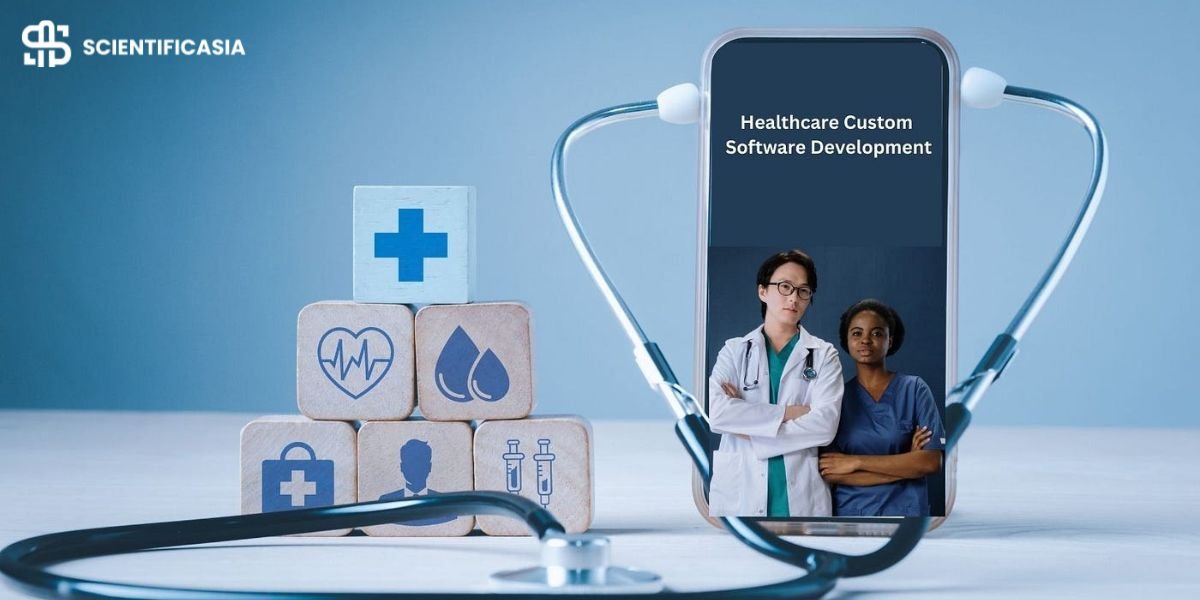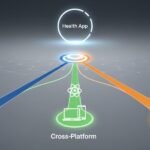Hospital systems, digital health startups, payers, and medtech teams face the same stakes: patient safety, data security, and regulatory risk. Choosing a custom healthcare software development company demands proof of outcomes, not slideware. In this guide, “top” means consistent domain expertise, HIPAA/GDPR/ISO-aligned processes, stable clinical integrations, and measurable improvements that stand up under scrutiny. You will see how to compare companies by capabilities, compliance posture, engineering depth, case evidence, and engagement choices such as fixed-price, time-and-materials, and dedicated teams. The aim is practical selection: what to verify, which questions to ask, and how to balance cost, speed, and risk before anyone writes production code.
How to Evaluate Custom Healthcare Software Development Partners
Start with clinical domain fit. Shortlist healthcare software development companies with a track record in your target areas and the ability to explain real workflows. EHR/EMR extensions require knowledge of clinician order entry and charting; RCM work hinges on payer edits, denial management, and clearinghouse rules; telehealth depends on device integrations, bandwidth issues, and licensure constraints; diagnostics and decision support need clear validation plans; and RPM calls for alert tuning and reimbursement experience. Good answers are concrete. They mention user roles, typical data volumes, known failure modes, and how risk is controlled during releases.
Next, examine regulatory readiness. A credible healthcare software development company will show evidence of HIPAA control implementation, GDPR processes for data subjects, ISO 27001 for security management, and, where device scope applies, ISO 13485 and IEC 62304. Ask who signs the BAA, who owns incident response, and what the notification timelines are. Request high-level summaries from recent audits to see if issues were closed on schedule. Confirm that PHI is minimized across environments and that non-production data is masked or synthetic.
Quality systems separate mature partners from good coders. Look for a maintained QMS with risk registers, change control, and traceability from user need to verification artifact. For device-adjacent work, expect unit, integration, verification, and validation evidence with clear acceptance criteria. Strong teams connect test coverage to clinical hazards and explain how they prevent regressions when interfaces change.
Interoperability should be proven, not promised. Ask for FHIR profiles used in production, HL7 v2 message samples, and DICOM workflows if imaging is in scope. If you need SMART on FHIR launch inside Epic, Oracle Health, or athenahealth, ask for app store approvals and the exact integration pattern used. Also ask about monitoring: what happens when an ADT message fails or a FHIR transaction times out? Mature vendors have replay tools, alerting, and dashboards for interface health.
Read portfolios with a clinical lens. Portfolios should name settings (acute, ambulatory, home), user types, and measurable results such as shorter intake times, lower denial rates, or higher medication adherence. References should come from similar care environments and integration risks. When you speak to references, ask how the team handled production incidents and whether velocity stayed stable after the first two sprints.
Security-by-design deserves a direct conversation. Ask about threat modeling cadence, keys and secrets, audit logging coverage, SAST/DAST and dependency scanning, and software bill of materials generation. Request a sanitized pen-test executive summary to see how they respond to findings.
Finally, match the engagement model and SLAs to your risk profile and budget. Fixed-price can work when requirements are stable and integration complexity is low, but demands strict change control. Time-and-materials suits evolving goals; manage it with demoable increments and clear acceptance tests. Dedicated teams fit long-running programs; insist on outcome-based KPIs. Define uptime targets, incident tiers, RTO/RPO, on-call hours, and response windows before kickoff. Link those service levels to release plans and audit needs so support does not fall through the cracks.
The Global Healthcare Software Development Market: Leaders, Niches, and Regional Strengths
Regional patterns can guide expectations on compliance support, engineering scale, and cost. North America excels at compliance-heavy builds and payer/provider data plumbing. Teams here are close to US health systems and know HIPAA, ONC certification contexts, state privacy rules, and payer logic. Typical programs include utilization management, prior authorization, care coordination, and analytics that blend claims and clinical data. Decision-makers value change management and training because go-lives often touch large clinical teams.
Europe is strong in med-device and privacy-first design. Vendors are used to CE-marked software, stricter documentation, and national data requirements layered on top of GDPR. They handle imaging viewers, digital therapeutics, SaMD, and clinical decision support with careful validation and clear evidence trails. Expect more written rationale and structured hazard analysis, which helps when auditors ask for proof later.
Central and Eastern Europe, Latin America, and India bring cost-efficient senior engineering at scale. Many firms here field strong math and CS talent with deep cloud skills. They build integration hubs, data pipelines, telehealth platforms, and mobile apps that need quick iteration. To reduce risk, insist on time-zone overlap rules, stable communication rituals, and a named technical lead who owns integration safety and security standards. With that structure in place, distributed work can move at speed without losing control.
Niche leaders stand out through assets beyond headcount. In AI diagnostics, the edge comes from reproducible MLOps, model governance, and human-in-the-loop review. Imaging specialists invest in DICOM toolchains, GPU acceleration, and zero-footprint viewers. RPM-focused groups shine when they manage device data, tune alerts to reduce fatigue, and understand reimbursement. Patient engagement experts design for accessibility, multilingual content, and growth loops that respect clinical guardrails. Interoperability hubs offer prebuilt connectors, mapping libraries, and strong observability for HL7 and FHIR at scale. A capable medical software development company will show these accelerators during early calls, not only after contract signature.
On pricing, US and EU boutiques tend to be at the higher end, which can be worth it when regulatory depth or clinical evidence is central to delivery. Nearshore and offshore squads offer strong value for feature work after core architecture is set. As a directional guide, a production MVP that integrates with an EHR and covers core workflows often takes three to six months with a team of five to eight, provided test environments are ready and feedback cycles are fast.
What Great Healthcare Software Developers Have in Common (capabilities checklist)
The best healthcare software developers share habits that make delivery predictable and safe. Use this checklist during calls and proposals, and expect vendors to provide concrete evidence for each point.
- Cross-functional squads with a product lead, technical lead, clinical SME, security owner, QA, and data engineer who share responsibility for safety, privacy, and outcomes.
- Secure SDLC with early threat modeling, PHI minimization, encryption in transit and at rest, managed keys, regular rotation, and comprehensive audit logging aligned to access policies.
- Proven interoperability, including documented HL7/FHIR conformance, production-grade EHR integrations, and interface monitoring with replay tools and clear error handling.
- Cloud fluency on AWS, GCP, or Azure using HIPAA-eligible services, infrastructure as code, disaster-recovery drills, and cost controls that avoid sprawl.
- Data and AI discipline where relevant: governed datasets, reproducible pipelines, feature stores, and MLOps with versioning, approval gates, and audit trails.
- Evidence of impact: lower denial rates, faster prior authorization, improved adherence, fewer no-shows, and shorter triage time—reported on dashboards at a regular cadence.
- Verifiable claims: ISO 27001 or SOC 2, ISO 13485 if device scope applies, sanitized test plans, validation summaries, pen-test executive summaries, ready-to-sign DPA/BAA templates, and references from similar care settings.
Conclusion
Shortlist vendors by domain fit and compliance depth, not by brand recognition. Validate claims with live demos, measurable case evidence, and references from similar clinical settings. Align on the engagement model, support tiers, and success metrics before you commit budget. Treat this comparison as a starting point, then run a compact RFP and a paid discovery sprint to reduce scope risk, integration uncertainty, and regulatory assumptions. That approach keeps delivery focused and gives both sides a fair way to test collaboration for medical software development services that can operate safely in production.
















